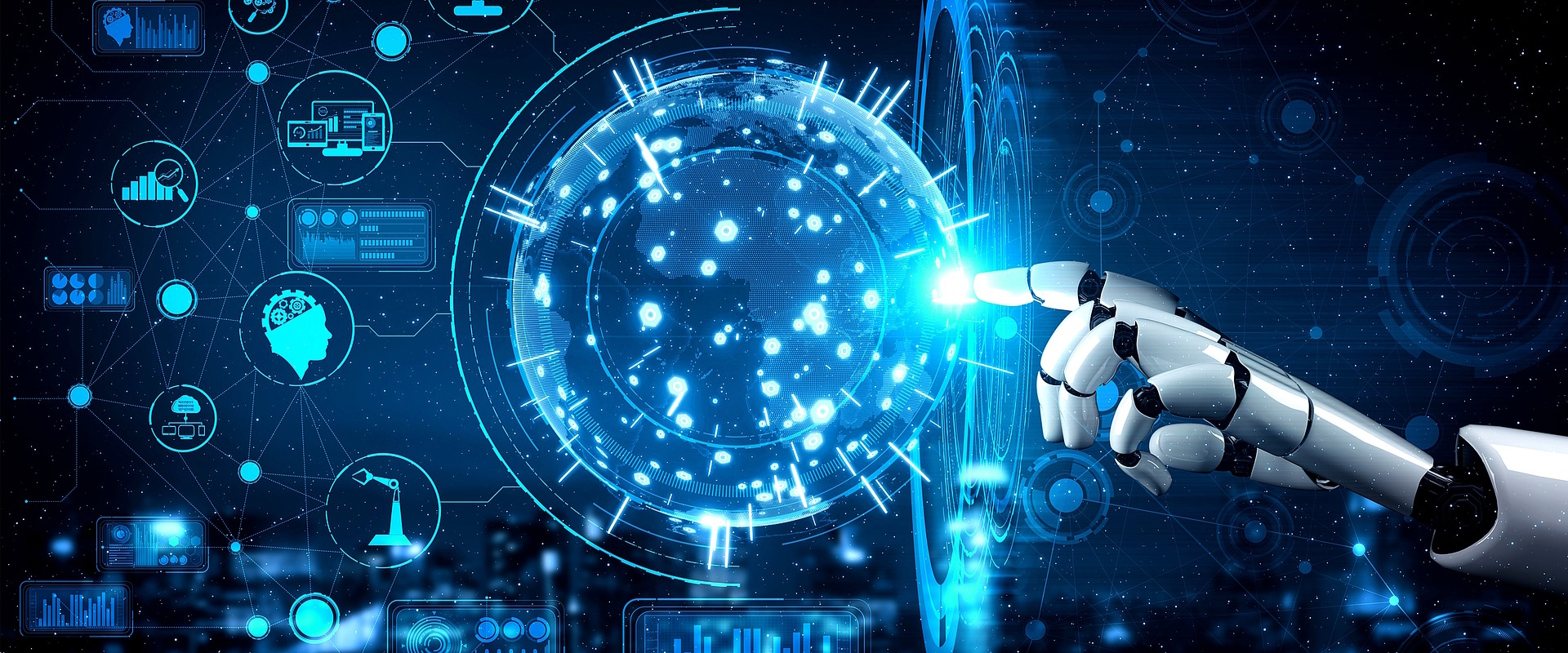
5G (5th Generation radio mobile) is a successor of 4G. 5G extends its radio spectrum in two respects: (a) widening the channels of communication so that each channel can accommodate a higher speed and volume of data transmission, and (b) adopting higher frequencies so that the communication wait time can be reduced.
1G allowed us to talk on the move via radio. 2G allowed us to text. 3G allowed us to transmit photos. 4G allowed us to transmit videos. What extra transmissions can we do with 5G?
The first 4 generations deal with person-to-person communication. 5G includes thing-to-thing, thus helps activating the Internet of Things.
One good example of application is between vehicles on the road. 5G radars are fitted on autonomous vehicles. Each car detects the presence of surrounding cars in 5G speed (milliseconds) and takes actions to avoid collision. Some humans react faster than others, but we may not be as emotionally stable as 5G.
Another good example of application is in factories. Instead of using fixed path conveyors to move parts around for product assembling, factories can deploy automatic moving robotic laborers fitted with 5G. These robots are more cost-effective and stable than human workers. These robots have a main role in Industry 4.0.
5G has its own shortcoming. Higher frequency radio waves do not go as far as lower frequency waves. 5G systems therefore have to incorporate 4G for longer distance transmission (which operates at lower speed and volume). Similarly, it is likely that 6G will need the help of 5G when 6G comes out in the future. Whoever controls the basic fabrics of 5G controls the radio communication future. This situation did not apply to 2G, 3G or 4G. This is why 5G has given more thunders than a lot of other contemporary technologies in development.
Download this document:
Please note: To download this document, you require to be logged in as a SUBSCRIBER.
